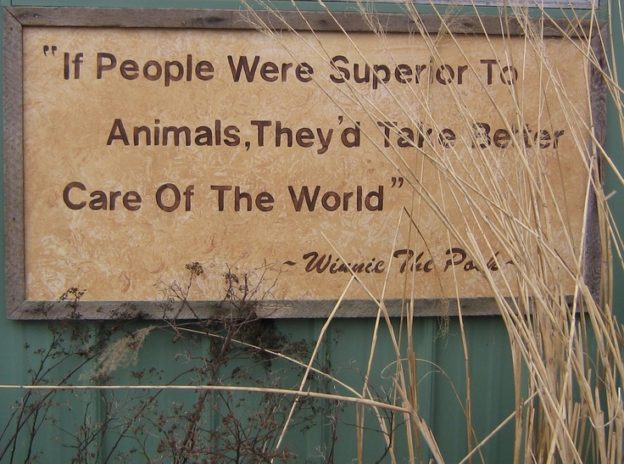Yesterday I went on a home visit for a woman who is interested in becoming a foster for our rescue. I met her at my book signing. She is an older woman – in her 60’s or so.
I had briefly talked to her about fostering at the signing where I also met her 17-year-old dog who is now blind and deaf. I knew that she had THE heart for rescue.
I followed my GPS to her gated neighborhood, a 55+ community. I drove through the tree-lined streets and noticed the manicured yards. It was quiet and welcoming and safe.
She met me at the door, holding her little dog in her arms. Warmly invited me in, asked if I wanted coffee or lemonade or anything at all. We found comfy seats in the living room of the lovely ranch home. (no stairs).
She talked for some time about all the dogs she has had. She teared up a few times as she shared the ups and downs – the joy they gave and the illnesses they suffered. She took me through the house to see the pictures of all the dogs who once shared her life.
We started to talk more about the actual idea of fostering. She had questions that I was happy to answer. I, too, had my standard set of questions. Where will the dog go out, where will you keep it when you are gone, how long are you away from the home, is there a fence, will you walk the dog, where will you take it for vet care, what if the dog has behavior issues, etc…
As I sat there taking in her answers, I became overwhelmed. Since she is retired, she would be spending most of every day with the dog, but if she needed to be gone more than a few hours, there was a myriad of friends with dogs living in the community who would come to let the dog out. “It is something we all do for each other.”
“We all take our dogs for walks at least 3 times a day. Did you see the little park when you came in? That is our dog park. We all like to go there together.”
“Behavior issues? Oh, well the lady next door had a little poodle who was nippy and took her to a great trainer a town away. Another friend had one and we have all helped to socialize her. She is so much better now.”
The more she talked, not just of herself, but of the community, I couldn’t help but say out loud,”This is the ideal setting for foster homes!”
And it is. Here is a group of people who have the time and the communal resources to foster dogs. They enjoy the socialization having a dog brings, they have each other to rely on for care, they have band together a group of resources whether it be training, vet care, or the internet. They have an entire support system in place. It was amazing!
She talked of her 90-year-old neighbor fostering a Yorkie. She couldn’t believe the woman was able to say goodbye, but she pointed out that it was the woman who knew in her heart the young dog had the energy for a young family. This group wasn’t just physically able to manage foster care, they were emotionally mature enough to know when to let them go.
The home visit was a complete success. As I drove away, my heart felt so full of joy. At 45, I contemplate mortality a lot more often now. I worry about living life fully. Well, here was an entire aging community willing to contribute to something I am passionate about. I had to feel good about that.
I also had to stop and think if, as rescue people, we have given this population enough credit? Have we ever really stopped to think of the untapped potential they offer?
Often rescues are hesitant to even adopt to seniors. Sure the mortality odds aren’t in their favor, but anyone could die at any given time. And frankly, the odds are not that good for the 2 million dogs who WILL be killed in shelters across America this year. I am more than willing to place my bet on the senior population, willing to take the homeless dogs in and to offer them so much companionship and love.
The rescue community struggles amongst itself at times, arguing about what makes the best home and who should or shouldn’t be able to adopt. We get so caught up in perfection, I think we fail to look at all the wonderful scenarios right in front of us. There are 55+ communities in nearly every major city across America. Imagine if we could take just a handful of fosters and place them every month, we would be opening up more kennel space, saving so many more dogs AND providing lifelong health benefits to the members of the communities. We all know animal companionship leads to a longer and more fulfilling human life.
If, as a rescuer, you are still hesitant to involve a senior community, think about your own mortality for a few minutes. When you are 60, 70, 80 even 90 do you see your life without a pet? I didn’t think so…
Here are a few links to 55+ communities in the states. Build your foster program today! #fosteringsaveslives


